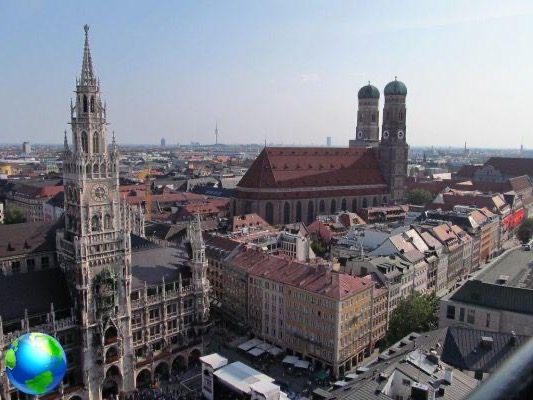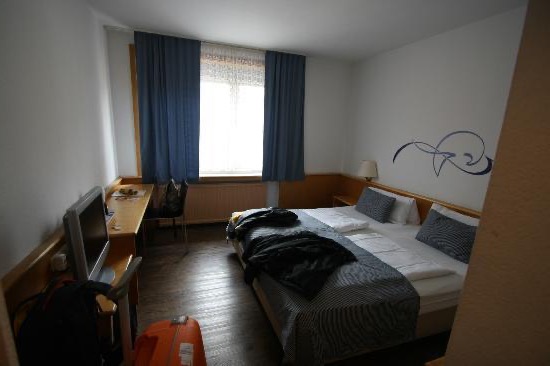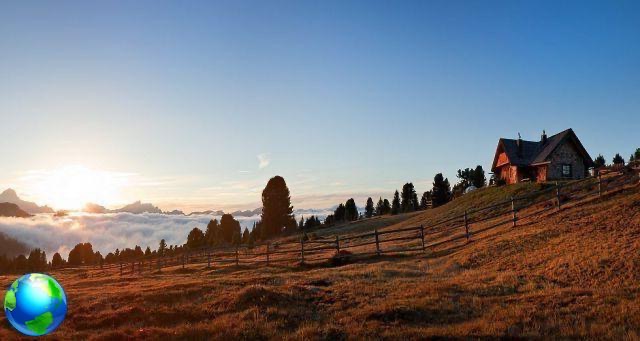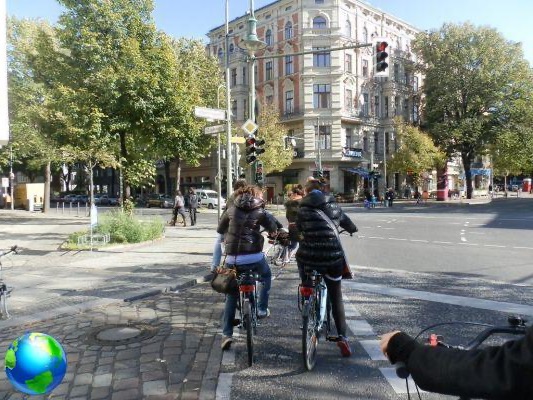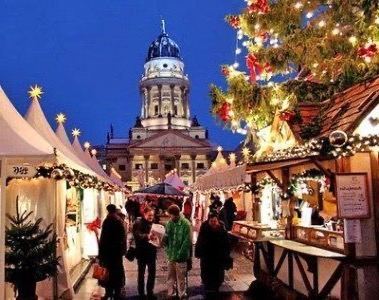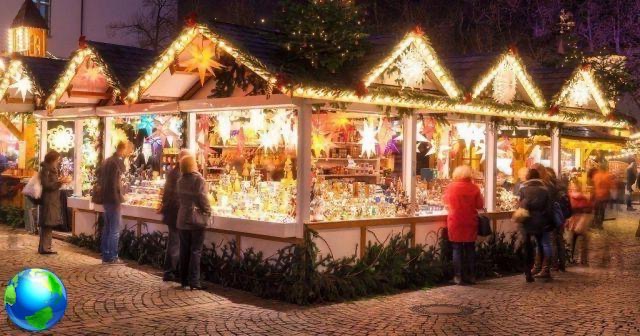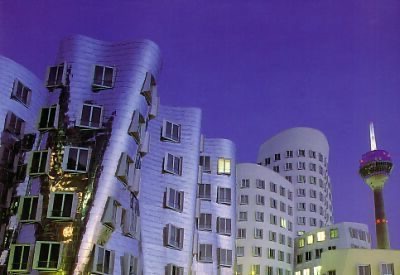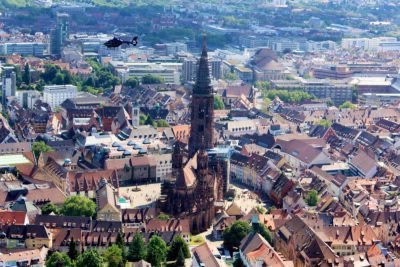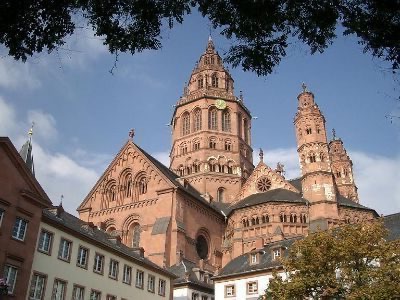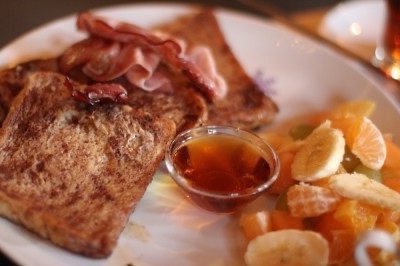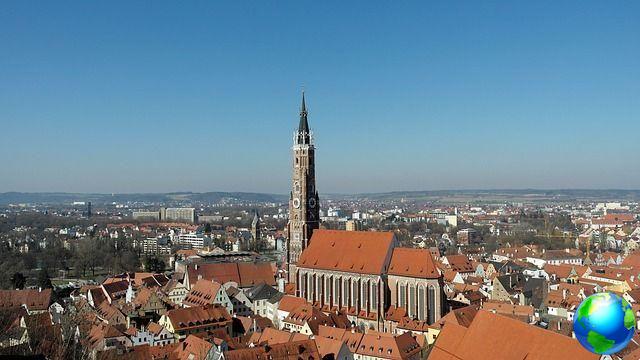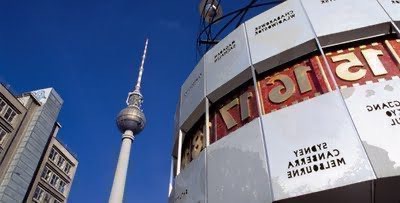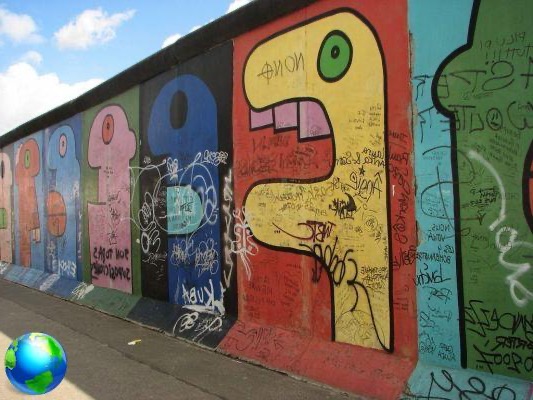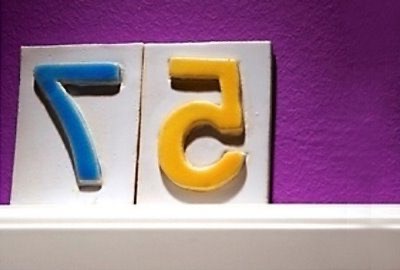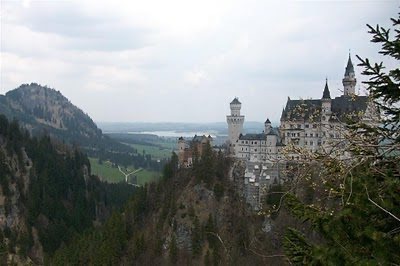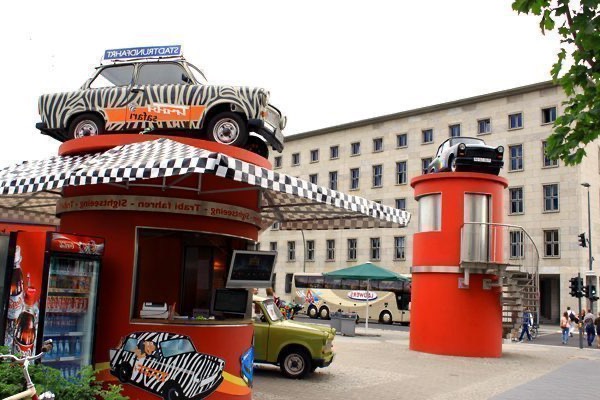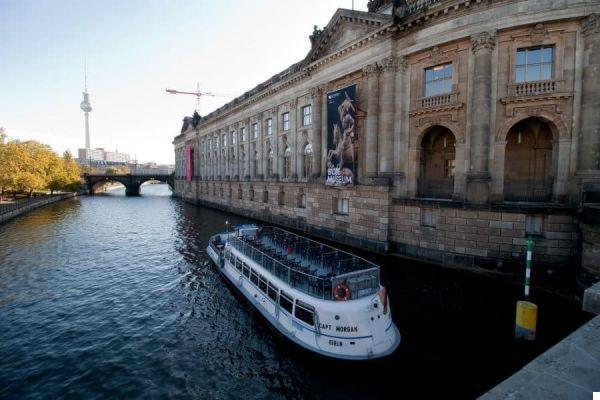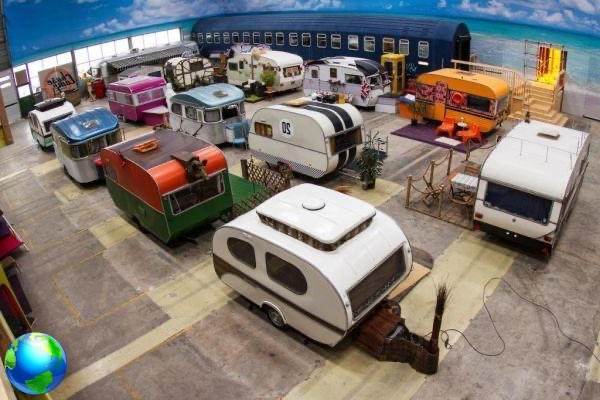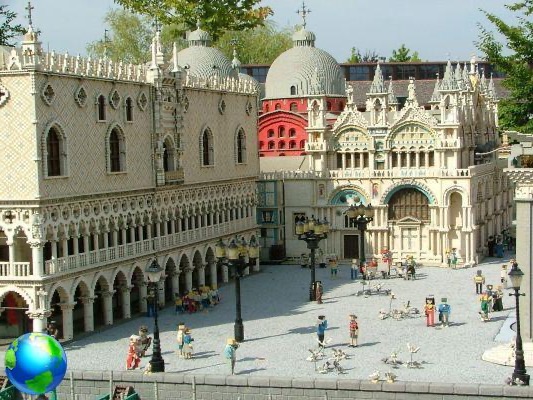One of the best markets in Germany takes place every year in Leipzig. For a whole month, the wooden houses sell typical objects and eat local specialties.
I Christmas markets in Germany they are a strong, heartfelt and ancient tradition. The various German cities compete for the primacy of the more traditional Christmas market or “Weihnachtsmarkt” to the sound of their foundation year.
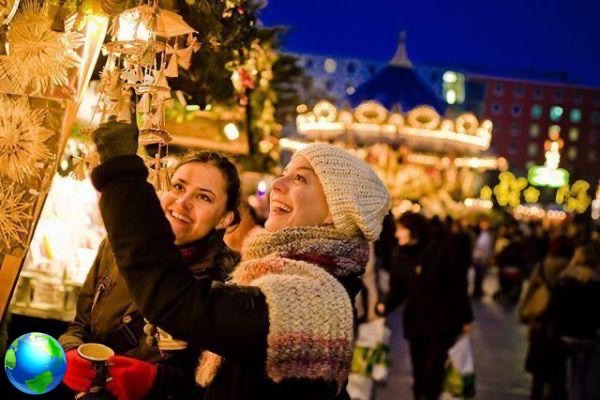
And among these cities there is also Leipzig, the capital of Saxony, once an important center of the GDR. Leipzig is a city rich in history, which paid a heavy price during the World War, with destruction that changed its connotations. But when I visited it, since it is located a few kilometers from the more famous Dresden, I was not disappointed.
The Christmas market in this city has been running since the seventeenth century, it is really important and very popular. They inaugurate it at the end of November, and then close their doors a few days before Christmas.

It is held in the heart of the old city, on the Marketplace a very large rectangular square closed on one side by the old town hall and on the other by a gigantic fir tree, fully illuminated. The exhibitors are 250 housed in wooden houses, all the same. The atmosphere, as always in these cases, becomes particularly suggestive when the sun goes down.
All the lights light up, the aromas spread: you can buy chocolate, Christmas sweets with almonds and hazelnuts, ceramic creations, lights, tree decorations, candles, and above all Mulled wine, the delicious spiced and boiling mulled wine, much needed because the temperature is very cold here. And it is precisely to get to know the Christmas traditions of other countries that it is nice to visit these markets, now widespread but sometimes not very original.

Here in Germany for example there is a Christmas cake, which is typical of these regions and is called stollen. It can also be prepared at home, well in advance of the holidays. It is leavened, very rich in butter, raisins and candied fruit. It must be wrapped in cling film, once ready and left to rest so that it releases all its aroma at Christmas. Several stalls in this market sell handcrafted Stollen, even in an organic version.
To stock up on gifts the market is usually open every day from 10 to 19.

On the opening day, Tuesday 25 November, there will be many official events, from the cutting of the mayor's ribbon to the opening concert, but there is no shortage of events every day, especially on weekends and aimed at children. Among these, the arrival of Santa Claus is expected on November 29, who will then even have a "reception" time every day from 16 to 16.45 pm (do not be surprised by the accuracy, we are in Germany).
As for the rest of the city, just around the market square are some of the highlights of Leipzig: for example the Nikolaikirche, which became famous around the world because prayers for peace that contributed to the fall were held here every Monday from 1982 to 1989. of the Berlin Wall. Other very important places are the Thomaskirche and Thomaskirchhof where the Bach-Museum. In a building right on this court, one of the oldest parts of Leipzig, the composer Johann Sebastian Bach lived from 1723 to his death. The church, on the other hand, has a large organ, and Bach music concerts are held there.

Also within easy reach of the Weihnachtsmarkt is a restaurant whose fame is linked to literature: Auerbachs Keller is an old cellar frequnetata by the young Goethe, a student in Leipzig. Scenes from Faust are linked to this place, which bears traces of the masterpiece of German literature: a bit touristy but it's worth going down the stairs and down the cave!
If, on the other hand, you are more interested in shopping than literature, after the market go to Hauptbahnhof, the city's train station: completely renovated, it has the largest commercial area in all of Germany, on three floors with an infinite amount of shops, restaurants, cafes. .




